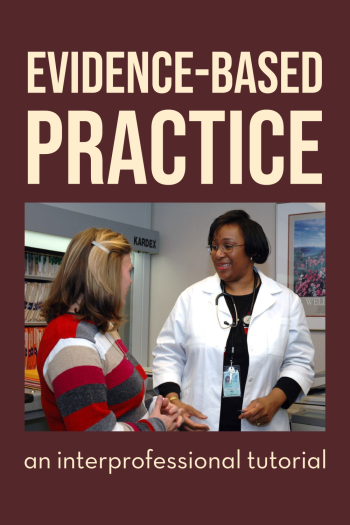Book Title: Evidence-Based Practice

License:
Creative Commons Attribution NonCommercial ShareAlike
Contents
Book Information
Book Source
This book was cloned from a source that is no longer available. The source URL was https://pressbooks.umn.edu/testintrobio2. This book may differ from the original.
License
Evidence-Based Practice Copyright © by Various Authors - See Each Chapter Attribution is licensed under a Creative Commons Attribution-NonCommercial-ShareAlike 4.0 International License, except where otherwise noted.
Subject
Public health and preventive medicine

